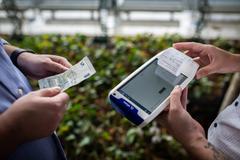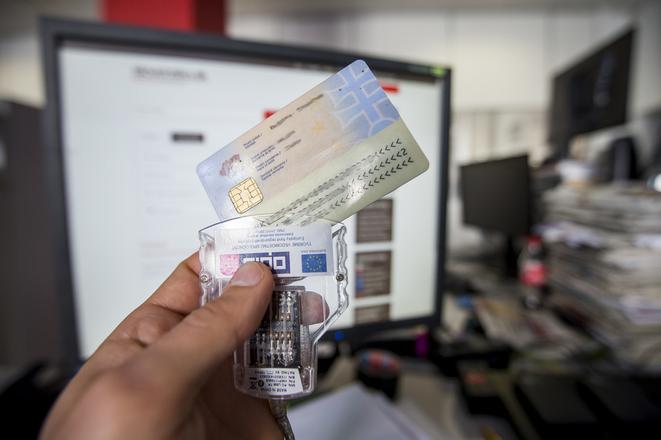No more paper tax returns. This is a new reality for people registered as self-employed in Slovakia.
As of July 1, 2018, they must all submit their tax returns electronically. The aim of the measure was mostly to simplify communication and save both the time and money of taxpayers.
The real test of the measure came in the first three months of 2019, when taxpayers submitted their annual income tax returns. The Financial Administration is happy with the change and believes it did well with the increased number of e-tax returns.
“The process was relatively trouble-free, but mostly because more than 90 percent of entrepreneurs authorised their accountant or tax advisor to submit the tax returns,” commented Ján Oravec, head of the Entrepreneurs Association of Slovakia (ZPS).

Despite some improvements and the possibility of communicating with the Financial Administration online, some consider the system to be not very user friendly and point to the persistent system failures, particularly when the deadline for submitting tax returns is close.
Foreigners need to register
To use the e-services, it is first necessary to register on the website of the Financial Administration. To do so, people need an eID card with an active chip and qualified e-signature, as well as a card reader.
The self-employed using eID need to install several applications, like drivers for a card reader, a login application (eID client), applications for a qualified e-signature, a personal security code (BOK) used to verify the identity of an eID card holder, and a PIN code necessary for sending the e-document.



 Illustrative stock photo (source: SME)
Illustrative stock photo (source: SME)